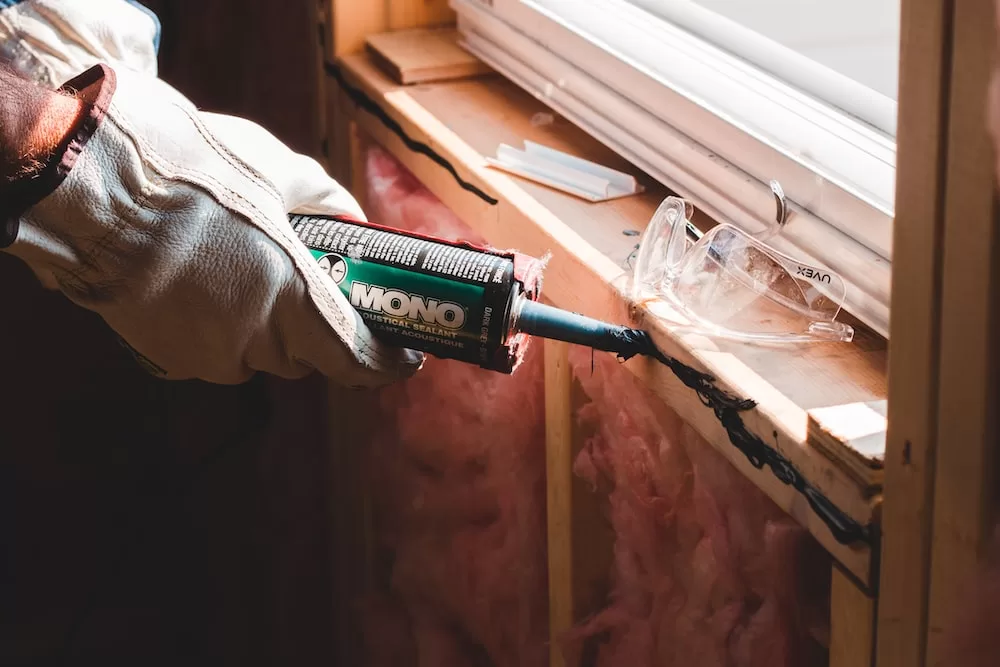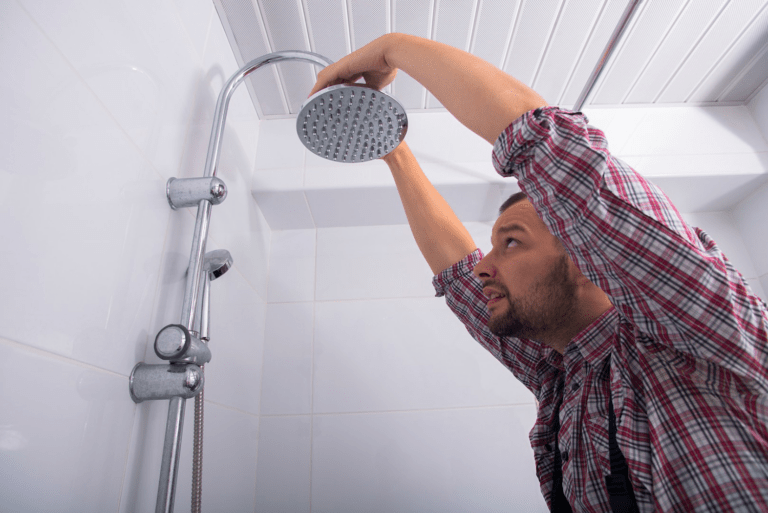Top 10 Home Maintenance Tasks Every Homeowner Should Know
Maintaining a home can sometimes feel overwhelming. And this is especially true if you’re a new homeowner or have recently moved into a fixer-upper.
From fixing leaky faucets to changing air filters, there are certain tasks you should know how to do. These tasks not only help keep your home in good condition. They can also save you money in the long run by preventing costly repairs.
Let’s explore the top ten home maintenance tasks every homeowner should know! We’ll also provide detailed instructions from Caledon Realtors to get the job done.
Table of Contents
1. Checking and Replacing Air Filters
Air filters are typically found in the HVAC system, either in the furnace or air conditioning unit.
You may have multiple filters throughout your home, so make sure to check each one. If the filters appear dirty or clogged, it’s time for a replacement.
Here’s how to replace air or furnace filters in your home:
- Turn off the HVAC system to ensure safety.
- Remove the old filter and dispose of it properly.
- Insert the new filter. Make sure it fits snugly in the designated slot.
- Double-check that the filter is facing the correct directions, as indicated by the arrows.
It would be best to replace standard filters every 90 days. High-efficiency filters may last up to six months.
2. Cleaning Gutters and Downspouts
Gutters and downspouts direct rainwater away from your home’s foundation.
Failure to regularly clean them can lead to serious issues, including water damage, foundation problems, mold growth that may require mold testing in Montpelier, VT, and pest infestations.
Here’s how to clean gutters and downspouts:
- Use a garden trowel or scoop to remove leaves, twigs, or dirt from your gutters.
- Place the debris into the bucket or trash bag. Make sure to dispose of it properly.
- After clearing the debris, use the hose with a nozzle attachment to flush out the gutters and downspouts.
It is advisable to clean your gutters and downspouts at least twice a year, typically in the spring and fall.
3. Properly Sealing Windows and Doors
Caulking is a sealant used to fill gaps and cracks around windows and doors. And over time, caulk can deteriorate and become less effective.
- Inspect the caulk around windows and doors. Look for signs of cracking, peeling, or gaps.
- If you notice any damage or deterioration, it’s time to retouch the caulking. Use a putty knife or a similar tool to carefully scrape away the old caulk.
- Ensure the area is clean and dry. Then, apply the new sealant using a caulk gun.
4. Maintaining a Healthy Lawn
Maintaining a healthy lawn is an essential part of home maintenance. It can enhance the curb appeal of your property. It also provides a safe and enjoyable outdoor space for relaxing and playing.
Here are some key tips to help you keep your lawn in top shape:
- Remove debris, leaves, and other organic matter from your lawn.
- Mow your lawn regularly to promote healthy growth.
- Apply a suitable fertilizer to provide essential nutrients for your lawn.
- Keep an eye out for any signs of pest infestations.
- Adjust your lawn maintenance routine based on the season.
5. Fixing Leaky Faucets
Fixing leaky faucets is an essential skill that every homeowner should know. It will save you money on your water bill. It will also prevent further damage to your plumbing system.
Here are the steps to fix a leaky faucet:
- Turn off the water supply.
- Use a screwdriver or adjustable wrench to disassemble the faucet.
- Inspect the faucet parts and replace the faulty ones.
- Clean the faucet before installing the new parts.
- Test the faucet and check for additional leaks.
6. Testing and Replacing Smoke Detectors
Smoke detectors are a vital safety feature in any home. They can save lives by alerting occupants to smoke or fire.
To test their effectiveness, press the test button on the detector. This should result in a loud and distinct alarm sound. Do this once a month to ensure the smoke detector is functioning properly.
It is recommended to replace their batteries at least once a year. A good rule of thumb is to replace these when you change your clocks for daylight saving time.
Smoke detectors have a lifespan of about ten years. It is crucial to replace your smoke detectors once they reach this age, even if they seem to be working properly.
7. Inspecting for Roof Damage
Your roof protects your home from the elements. It also ensures the safety and comfort of your family.
Regular inspections can help you identify potential issues before they become major problems. Here are two ways to inspect your roof for damage:
- Examine it from the ground. Look for missing shingles, sagging areas, or loose flashing.
- Climb up on your roof for a more thorough inspection. Look for curling, blistering, or cracked shingles. Also, check for dark spots or moss growth.
If you’re uncomfortable performing these inspections yourself or if you identify any issues, consulting a St Louis roofing contractor is a wise decision. They can provide professional assessments and address any problems to ensure your roof remains in optimal condition.
8. Repairing Electrical Outlets and Faulty Wiring
Repairing faulty wiring ensures the safety of your home. It can also save you money by avoiding costly repairs in the future.
- Check for any signs of damage. These include burn marks, loose connections, or non-functional outlets.
- Find the circuit breaker corresponding to the faulty outlet or wiring. Then, switch it off.
- Replace the outlet, tighten loose connections, or fix damaged wires.
- Use a voltage tester to test the outlet or wiring. If it’s working, turn the circuit breaker back on.
9. Routine Cleaning and Maintenance of Appliances
By caring for your appliances, you can extend their lifespan and improve their performance. You can also prevent costly repairs or energy bills.
Here are some key tasks to include in your regular maintenance routine for appliances:
- Refrigerator: Clean the refrigerator coils to maintain their efficiency. Defrost the freezer regularly to prevent ice buildup and ensure proper cooling.
- Washing machine: Clean the washing machine drum and detergent dispenser regularly. This is to prevent mold, mildew, and odors.
- Water heater: Drain and flush the water heater annually. This is to remove sediment buildup and maintain its efficiency. Check the pressure relief valve and replace it if necessary.
- Oven and stove: Clean the oven and stovetop regularly to remove grease, food residue, and spills. Check and replace faulty burner elements or igniters.
- Microwave: Clean the microwave interior and exterior regularly to remove food splatters and stains. Check the door seal for any signs of damage and replace it if needed.
10. Maintaining the Plumbing System
Maintaining your home’s plumbing system will prevent costly repairs. It will also ensure a smoothly running household.
- Inspect your pipes, faucets, and toilets for any signs of leakage. Even a small drip can waste gallons of water and increase your water bill.
- Clean your drains. Use a drain cleaner or a mixture of baking soda and vinegar to clear blockages.
- Test your water pressure using a pressure gauge. If the pressure is too low, you may need to clean or replace the aerators.
- Insulate your pipes with foam sleeves or heat tape in the winter weather.
Taking on Basic Home Maintenance Tasks
Taking care of your home is not just a chore. It’s a responsibility that comes with many benefits.
By staying on top of these top ten home maintenance tasks, you can save time, money, and headaches in the long run.

So, roll up your sleeves, grab your toolbox, and let’s start keeping your home in tip-top shape. Your future self will thank you!








